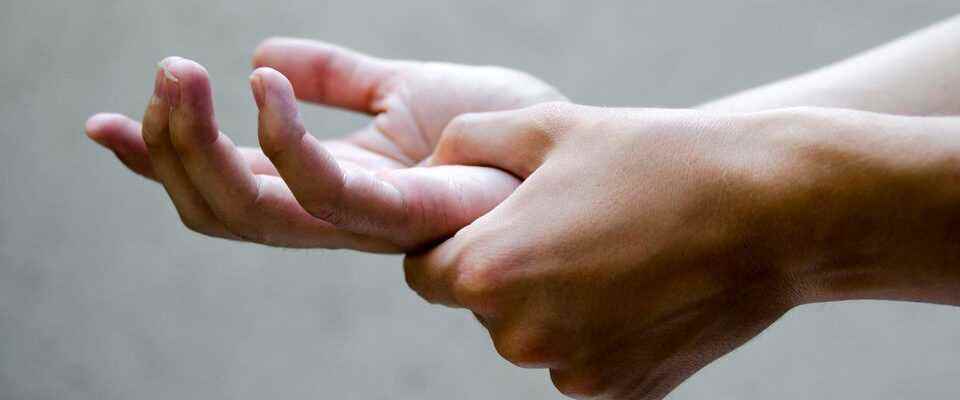What is rheumatism? symptoms and therapy
What is rheumatism? Here we explain what the symptoms look like and what treatments are available. And you can find out which six foods are good in the video.
What is rheumatism: the four main groups
This is not so easy to answer, because rheumatism is not just rheumatism. This term covers about 200 diseases with different causes and courses, which are expressed in inflammatory and non-inflammatory forms. What they have in common, however, is that they show up in the musculoskeletal system, i.e. in the bones, joints or soft tissues. Four main groups are distinguished:
- Degenerative joint and spine diseases (e.g. arthrosis)
- soft tissue rheumatism (e.g. fibromyalgia)
- Metabolic diseases with rheumatic complaints (such as gout)
- Inflammatory rheumatic diseases such as rheumatoid arthritis, vascular inflammation (vasculitis) and collagen diseases. These are connective tissue diseases such as systemic lupus erythematosus, which affects the skin or internal organs.
What is rheumatism? That’s behind it
Often the Rheumatoid arthritis meant when talking about rheumatism. She is the most common inflammatory disease of the jointsie the joints have only limited mobility, so they feel stiff and painful.
Approximately 0.5 to 1% of the population is affected worldwide, women about three times more often than men. Rheumatism is often seen as a disease that only older people have. It often occurs between the ages of 40 and 60. However, it is possible to get it at any age.
What is rheumatism: what are the symptoms?
- fatigue
- poor performance
- Fever
- night sweats
- weight loss
- Rheumatoid nodules, especially on elbows and fingers
- Joints may hurt and swell
- Limited mobility in the morning (“morning stiffness”)
What is the cause of rheumatism?
The cause of rheumatism has not yet been clarified. It is possible that cells of the immune system attack endogenous substances. A hereditary predisposition could be the trigger for this dysregulation.
Can rheumatism be treated? Which doctor can I go to?
Rheumatism may not be curable, but Symptoms are treatable. It is important for the success of the treatment get a diagnosis early. There are specialists in the field of rheumatology and a visit to the rheumatologists sensible.
In consultation with the doctor is a medication possible. The right preparations must be selected from a large number of agents with different effect and side effect profiles. Other Measures in rheumatoid arthritis are:
- physiotherapy
- Physical therapy such as B. Cold therapy
- occupational therapy
- Local treatments such as cortisone injections
- Orthopedic therapy with e.g. insoles or crutches
Diet for rheumatism
A special diet is also useful for rheumatism, because some foods can promote the disease, others alleviate it. Better to avoid these foods:
- meat: It contains arachidonic acid, which has a pro-inflammatory effect. Therefore, eat meat and sausages no more than twice a week.
- eggs: Eggs also contain arachidonic acid, so the rule of thumb is: eat no more than 3-4 egg yolks per week.
- High-fat animal foods such as lard, liver, butter, cream and high-fat cheeses should also be avoided.
- alcohol: Alcohol, especially in large amounts, can lead to faster joint destruction.
In the video we introduce you six foods that support conventional therapy in a meaningful way.
You can find even more tips here: What to do against joint pain? Or here if there are other reasons for chronic pain.

